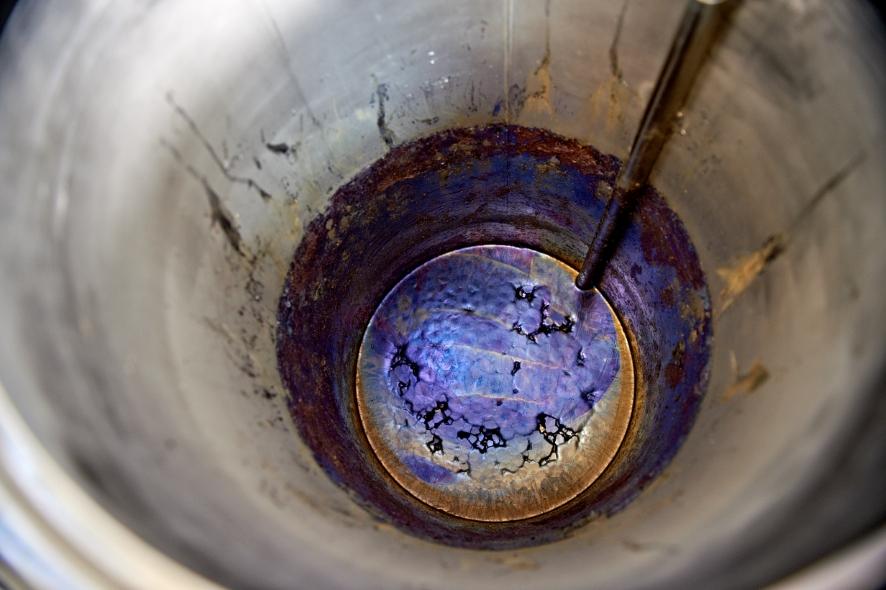Nuclear waste treatment by MYRRHA
How to deal with current and future nuclear waste?
Many countries around the world rely on nuclear power for their electricity production. The contribution of nuclear power to climate control has been widely recognised. For instance, the Intergovernmental Panel on Climate Change has concluded that nuclear energy has a significant role to play in most energy models that aim at reducing global warming to 1.5 ºC. In order to further optimise nuclear power as a more sustainable energy provider, solutions have to be provided for dealing with current and future nuclear waste.

Nuclear waste treatment so far...
We are already capable of recycling most spent nuclear fuel into mixed oxide fuel or MOX. This reprocessed fuel can be used in most current nuclear power reactors. However, reprocessing doesn’t solve the issue of highly toxic, heat generating waste. Because of the long half-lives of the radioisotopes contained in this waste, it needs to be disposed safely underground in stable formations for hundreds of thousands of years.

How will MYRRHA contribute to the best solution?
MYRRHA, as an innovative research installation, can take nuclear waste treatment a significant step further. Using advanced partitioning processes, it is feasible to isolate the most heat-emitting, long-lived elements called minor actinides from spent nuclear fuel. One of the many benefits of an Accelerator Driven System with a lead-bismuth eutectic (LBE) cooled fast reactor is that it is capable of breaking down these minor actinides. This process is called transmutation. Simulations indicate that MYRRHA type reactors can function safely with up to 30% of these minor actinides as fuel. MYRRHA will therefore serve as the world’s first major prototype reactor that will produce significant insight into the transmutation of minor actinides.
The optimal formula for our safety and economy
Although geological disposal will still be the end station for the final waste forms obtained after this process, advanced partitioning and transmutation is expected to positively impact on both the safety and economics of final disposal by reducing the waste's total radiotoxicity and the final repository size.
For further information, please read the Joint Position Paper of SCK CEN and NIRAS/ONDRAF on geological nuclear waste disposal in Belgium.
